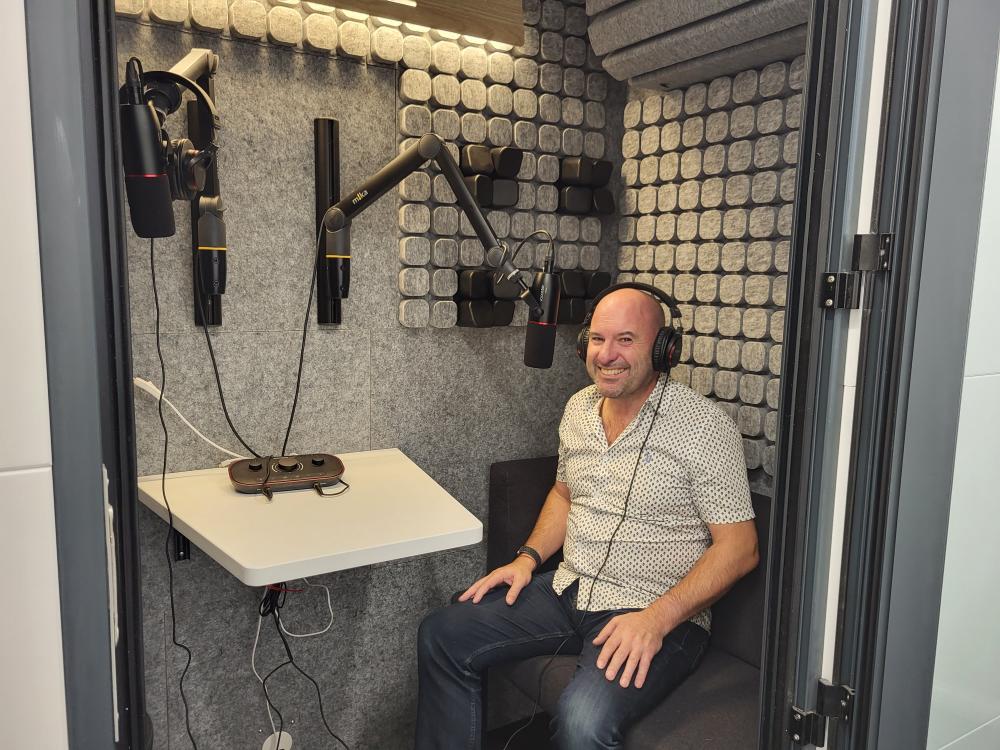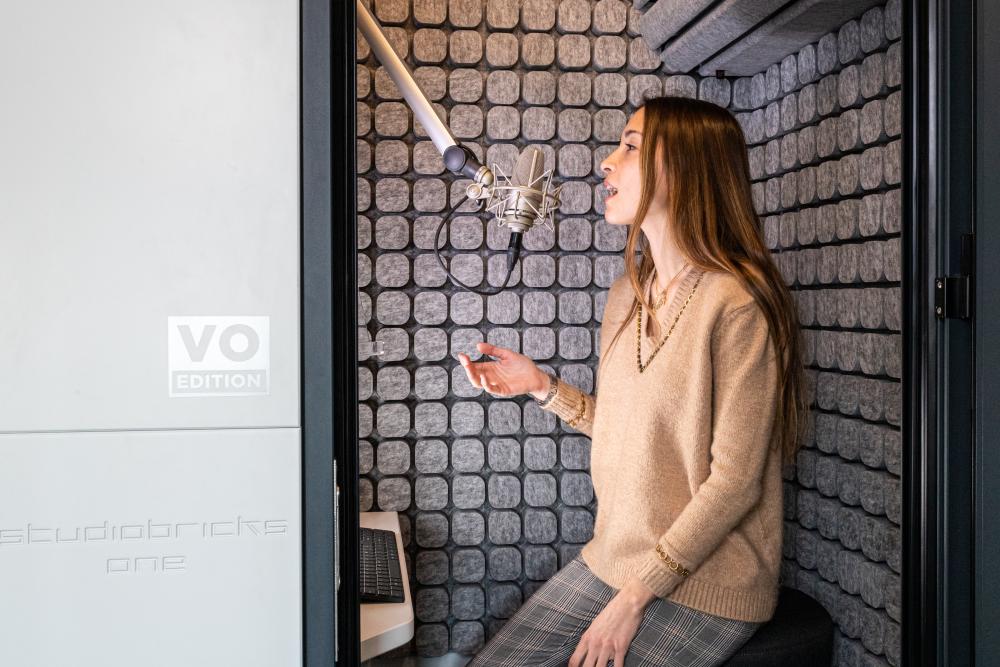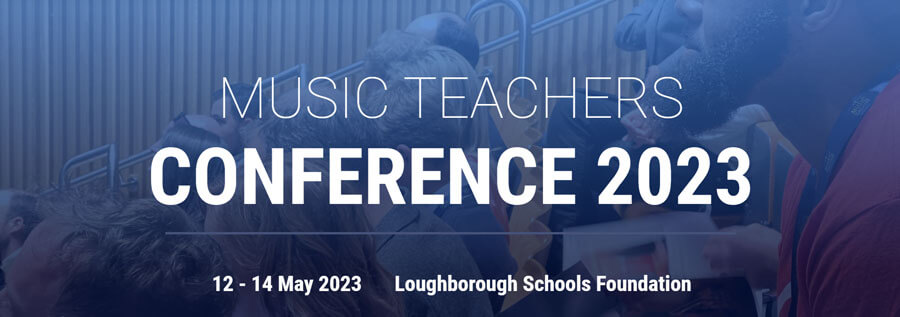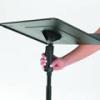Anyone looking to invest in a rugged all-metal music stand, for practice and performance use that really lives up to its name, should take a look at the Wenger Roughneck. With its welded base, the Roughneck Music stand always stands straight, won't lean or wobble and will never need tightening.
Finished with durable black powder coat paint, the 22 gauge steel desk has rolled edges for structural strength. To remove any concerns about accidental damage such as scratching or denting to expensive instruments, the use of polycarbonate and rounded edges means there are no sharp edges to worry about. The bolt-through desk attachment means that the desk holds firmly and securely, with desk height from floor to desk lip adjustable between 69cm to 110cm and a trigger lock that easily holds 30 lbs without releasing.
Probably the toughest music stand on the market thanks also to its 12-gauge steel welded wobble-free base attachment designed for extreme durability and no tip overs. This rugged construction standard is carried through to an 18-gauge inner post that won’t dent and ensures the slider mechanism keeps functioning freely.
For the complete story see the
Roughneck Music Stand
details on the Black Cat Music web site.




















